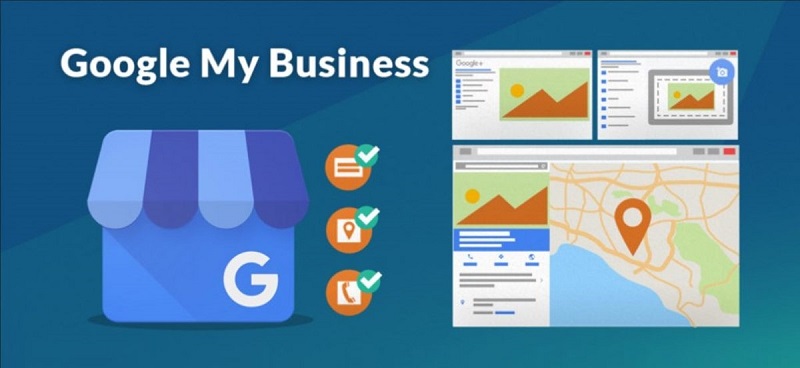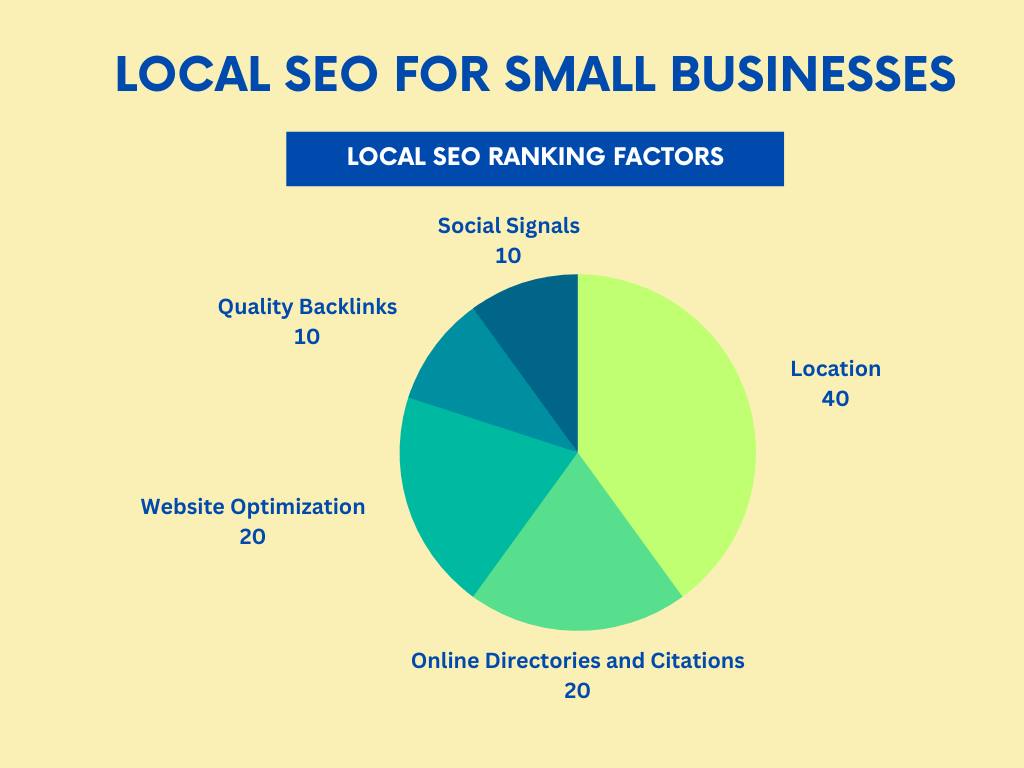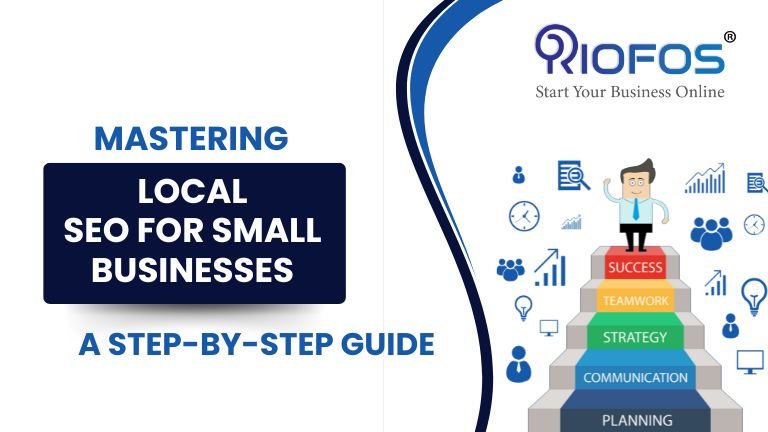Hey there, fellow business owners! Today, we’re diving headfirst into the world of Local SEO, a game-changer for small businesses looking to make their mark in the digital realm. We’ll be covering everything you need to know, from harnessing the power of customer reviews to optimizing your Google My Business listing, and understanding the crucial Local SEO ranking factors. So, grab a cup of coffee and let’s get started!

Step 1: Unleashing the Power of Customer Reviews and Ratings
Alright, folks, let’s kick things off with a bang – customer reviews and ratings! These are the digital gold mines that can skyrocket your local business. Here’s what you need to do:
Encourage Happy Customers to Leave Reviews
Start by providing exceptional service. Satisfied customers are more likely to leave positive reviews. Encourage them gently to share their experiences online.
Monitor and Respond Promptly
Keep a close eye on your reviews. Whether they’re on Google, Yelp, or any other platform, respond promptly. It shows that you value your customers’ feedback and are dedicated to providing top-notch service.
Showcase Reviews on Your Website
Don’t be shy! Flaunt those glowing reviews on your website. It not only builds credibility but also boosts your local SEO.

Step 2: Dominating with Google My Business Optimization
Now, let’s get down to brass tacks with Google My Business (GMB) – your virtual storefront on Google. Here’s how to make it work for you:
Claim and Verify Your GMB Listing
First things first, claim your business on Google. Verify it through the provided options – usually via postcard or phone call. This gives you full control over your listing.
Optimize Your Business Information
Fill out every section of your GMB profile with accurate and up-to-date information. NAP (Name, Address, Phone number) consistency is key here, folks!
Add High-Quality Photos and Videos
A picture is worth a thousand words, right? Showcase your products, services, and your team in action. It gives potential customers a glimpse of what to expect.

Step 3: Decoding Local SEO Ranking Factors
Now, let’s talk about the nitty-gritty – the factors that influence your local search rankings. Here’s what you need to focus on:
Location, Location, Location
Your proximity to the searcher’s location is a significant factor. Ensure that your NAP details are consistent across all platforms.
Online Directories and Citations
Get your business listed in online directories like Yelp, Yellow Pages, and industry-specific platforms. Consistent citations reinforce your local presence.
Website Optimization
Make sure your website is mobile-friendly, loads quickly, and is packed with relevant, localized content. This ensures a seamless user experience.
Quality Backlinks
Earn quality backlinks from reputable local sources. It’s a powerful signal for search engines that your business is a trusted authority in your area.
Social Signals
Maintain an active presence on social media platforms. Engage with your audience, share valuable content, and let your personality shine through.
Other Local SEO Key Points Are:
1. Keyword Research and Selection
- Identify relevant local keywords related to your business, including terms like “Customer Reviews and Ratings,” “Google My Business Optimization,” and “Local SEO Ranking Factors.”
2. Optimize Your Website
- Ensure your website is mobile-friendly and loads quickly.
- Create location-specific landing pages for each of your business locations.
- Incorporate local keywords naturally into your website content.
3. Local SEO Ranking Factors
- Focus on key local SEO ranking factors such as NAP consistency, proximity to the searcher, and online reviews.
- Ensure your business information is consistent across all online platforms and directories.
4. Customer Reviews and Ratings
- Encourage satisfied customers to leave positive reviews on your GMB profile.
- Respond promptly to both positive and negative reviews in a professional manner.
- Use customer feedback to improve your products or services.
5. Local Citations
- Ensure your business is listed in relevant local directories and citation sources.
- Maintain consistent NAP information across all listings.
6. Localized Content Creation
- Create content that is relevant to your local audience. This can include local news, events, and community involvement.
7. Social Media Engagement
- Actively engage with your local community on social media platforms.
- Share local events and promotions.
8. Monitor and Analyze Performance
- Use tools like Google Analytics and GMB Insights to track the performance of your local SEO efforts.
- Adjust your strategy based on the data and feedback you receive.
9. Stay Updated on Local SEO Trends
- Keep abreast of changes in local search algorithms and best practices.
Conclusion
In conclusion, mastering Local SEO is an essential endeavor for small businesses looking to thrive in today’s competitive digital landscape. By following this comprehensive step-by-step guide, you’ve equipped yourself with the knowledge and tools necessary to make a significant impact on your local search presence.
There you have it, folks – a comprehensive guide to conquering Local SEO for your small business. By following these steps and staying consistent, you’ll be well on your way to outshining the competition in the digital arena. Remember, it’s not just about rankings, but about creating meaningful connections with your local community. Now, go forth and conquer, you SEO-savvy entrepreneur!
